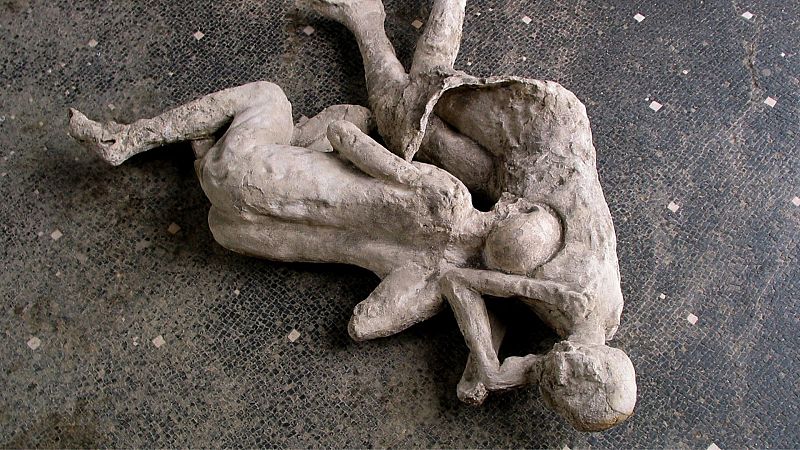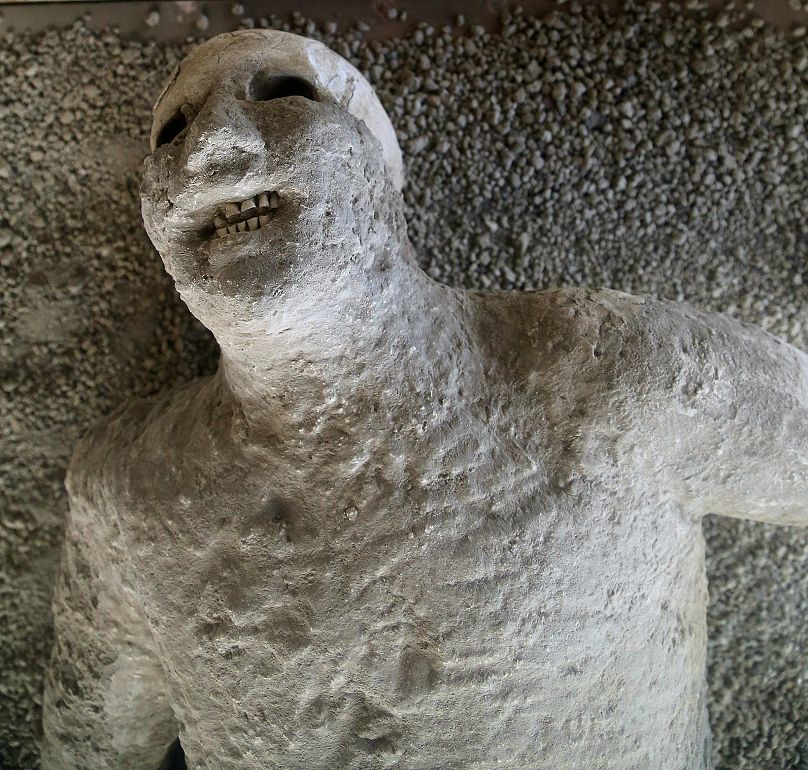DNA analysis reveals Pompeii victims were not who archaeologists once believed

New DNA analysis suggests archaeologists may have previously misunderstood the relationships between some victims of Vesuvius’s 79 CE eruption that struck Pompeii almost two millennia ago.
For example, a well-known group of victims, once believed to be a mother, father, and two children - may be far from the truth.
"All four of these individuals were male, which disproves this theory that they would be father, mother, and two children. And on top of that, they were, in fact, not biologically related to each other," says Alissa Mittnik of the Max Planck Institute for Evolutionary Anthropology in Germany.
Another famous scene – two figures locked in what has long been seen as a maternal embrace – has also been reshaped.
"Here again, we found that at least one of the individuals was male. And, again, they had no maternal relationship to each other. So, again, disproving this most common narrative that was told about them," Mittnik says.
The team, which also includes scientists from Harvard University and the University of Florence in Italy, relied on genetic material preserved for nearly 2,000 years.
After Mount Vesuvius erupted and destroyed the Roman city in 79 A.D., bodies buried in mud and ash eventually decomposed, leaving spaces where they used to be. Casts were created from the voids in the late 1800s.
Researchers focused on 14 casts undergoing restoration, extracting DNA from the fragmented skeletal remains that mixed with them. They hoped to determine the sex, ancestry, and genetic relationships between the victims.
Researchers also confirmed Pompeii citizens came from diverse backgrounds but mainly descended from eastern Mediterranean immigrants—underscoring a broad pattern of movement and cultural exchange in the Roman Empire. Pompeii is located about 150 miles (241 kilometres) from Rome.
The study builds upon research from 2022, when scientists sequenced the genome of a Pompeii victim for the first time and confirmed the possibility of retrieving ancient DNA from the scant human remains that still exist.
"Our scientific results on the basis of DNA just gives additional insight into the previous archaeological and anthropological analysis and kind of makes us rethink who these people actually were, how they related to each other and how they behaved in these last moments of their life," explains Mittnik.
Yesterday


